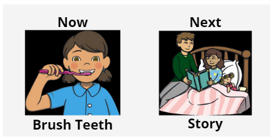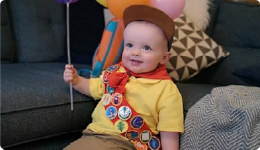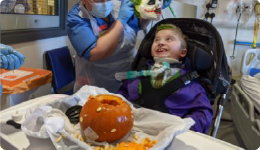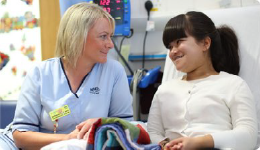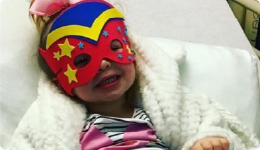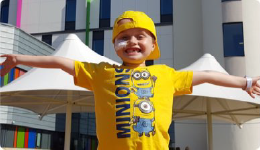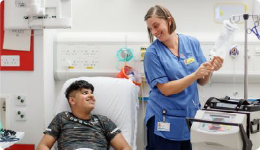Attention and Listening

 All brains are different and there are different ways to listen and pay attention. Some children can sit still and look at you while they are listening. Other children can find concentrating on staying still or giving eye contact while they are listening difficult. They might need to move, fidget or look away to take in what you are saying. Our bodies need to be comfortable so that we can pay attention. This looks different for everybody. Children have to learn what they need to do to help them concentrate.
All brains are different and there are different ways to listen and pay attention. Some children can sit still and look at you while they are listening. Other children can find concentrating on staying still or giving eye contact while they are listening difficult. They might need to move, fidget or look away to take in what you are saying. Our bodies need to be comfortable so that we can pay attention. This looks different for everybody. Children have to learn what they need to do to help them concentrate.
There are some things that you can do to help your child to learn what they need to help them pay attention. It might take some trial and error to find out what works best for your child. You could try:
Listening and Hearing
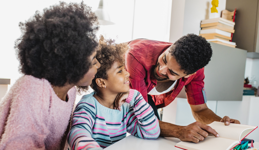 reducing background noise and distractions
reducing background noise and distractions- saying your child's name before speaking to them
- getting down to your child's level so you are face to face
- making sure you are close enough that they can hear what you are saying
- keeping your language simple
- checking that your child has heard and understood what you have said
- playing some white noise or preferred music.
Movement and Touch
- letting your child do activities in different positions, they could stand, sit, kneel, squat, lie on their tummy
- giving your child lots of opportunities to move around before and after activities where you need them to sit down
- a fidget tool - some children need something to hold and move in their hands
- a crunchy or chewy snack, a water bottle or chew toy - some children need something to put in their mouths.

Vision
- using visual supports, Now and Next, Visual Checklists, Visual Timetable, Visual Timer
- having areas at home and in your child's room where you reduce visual distractions
- not expecting eye contact when you are asking your child to focus
- thinking about lighting - turn lights off, use soft lighting or natural lighting where possible.
